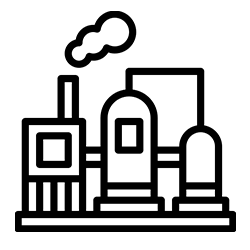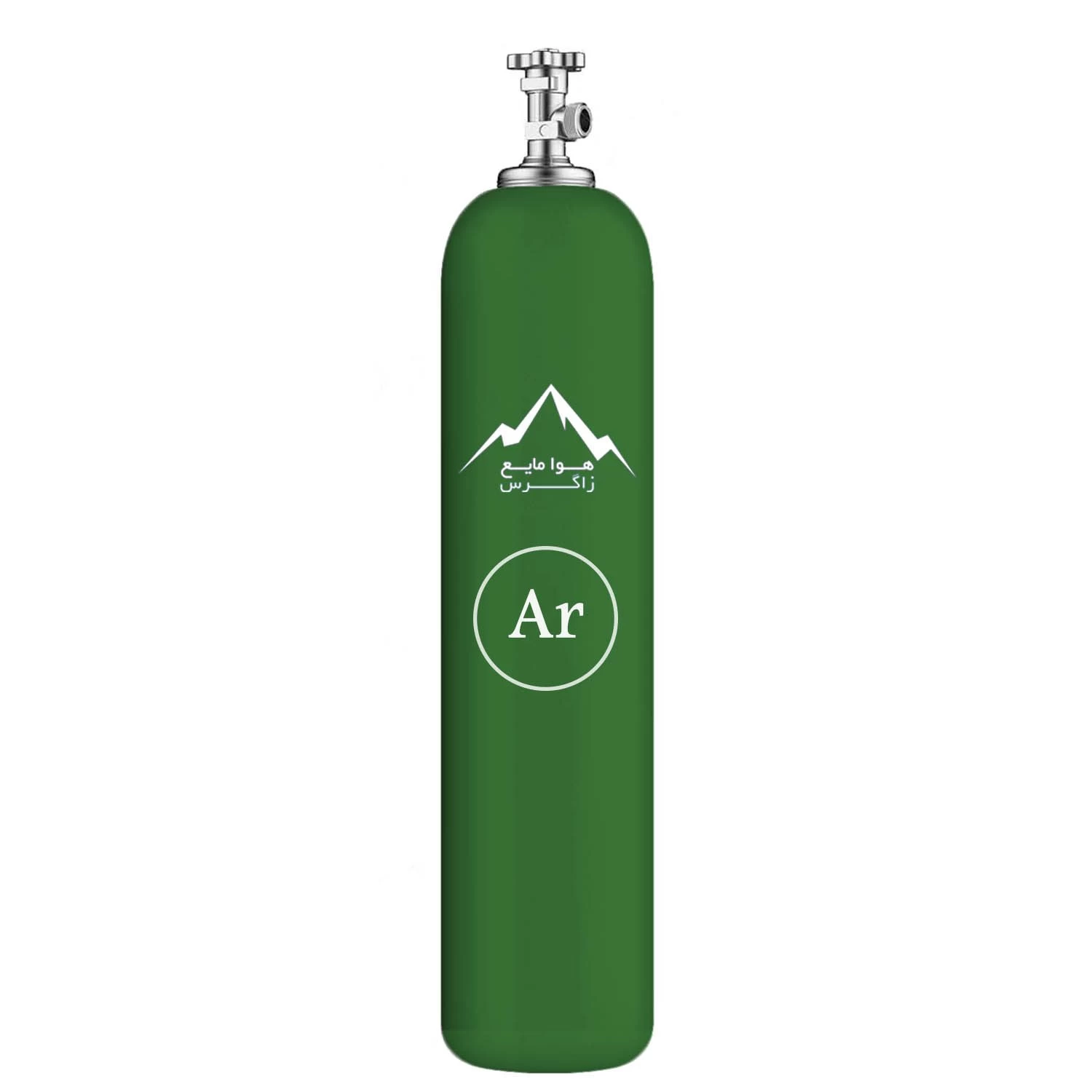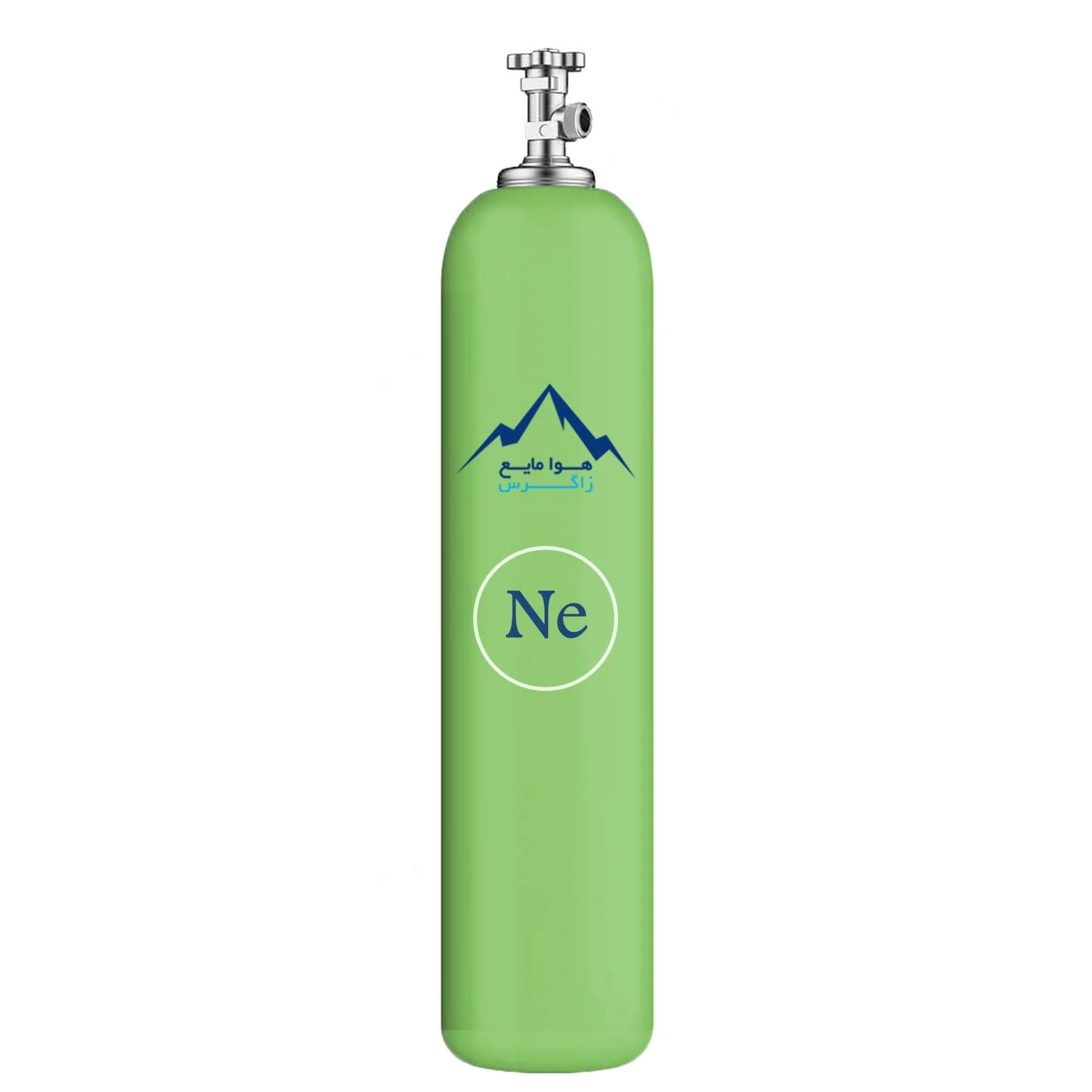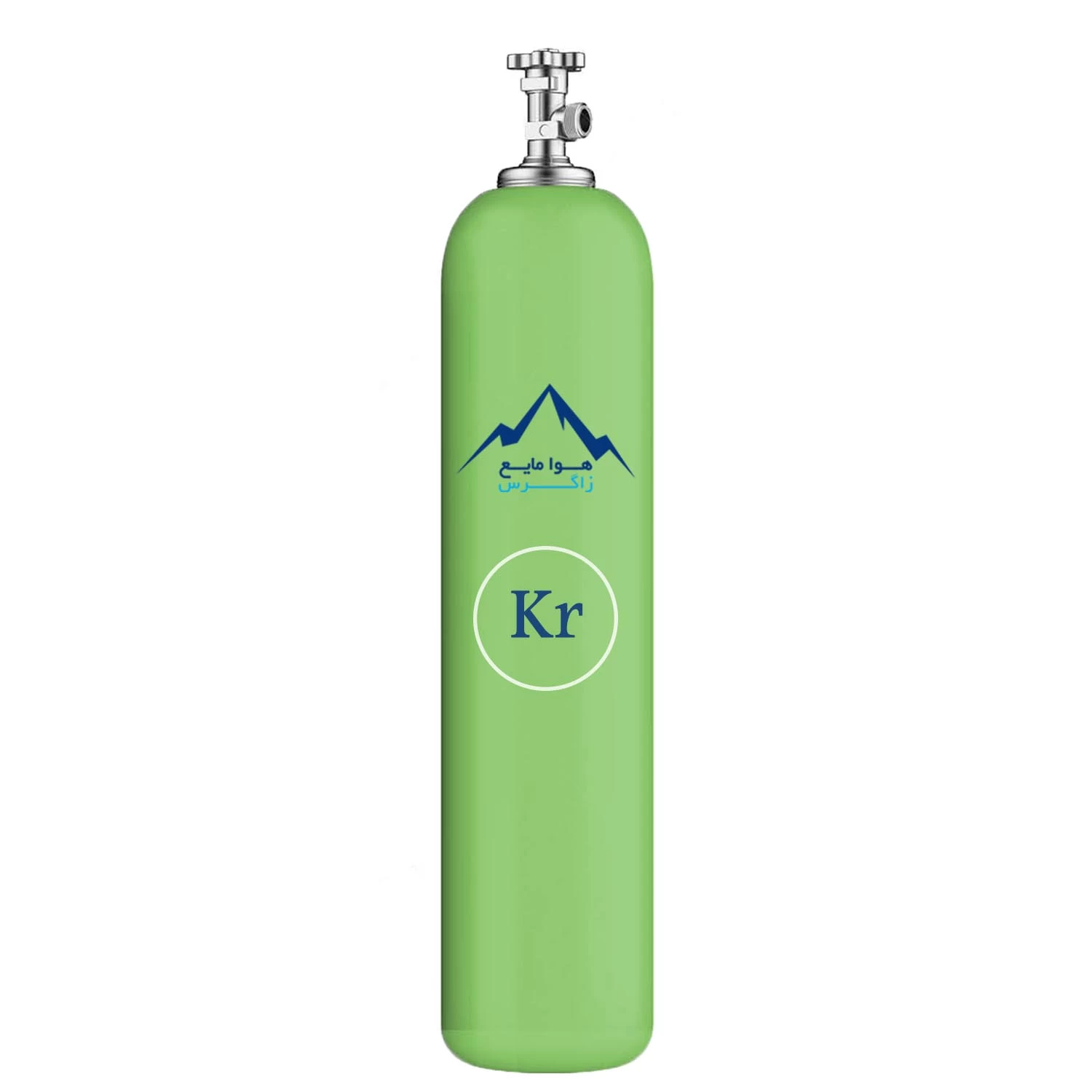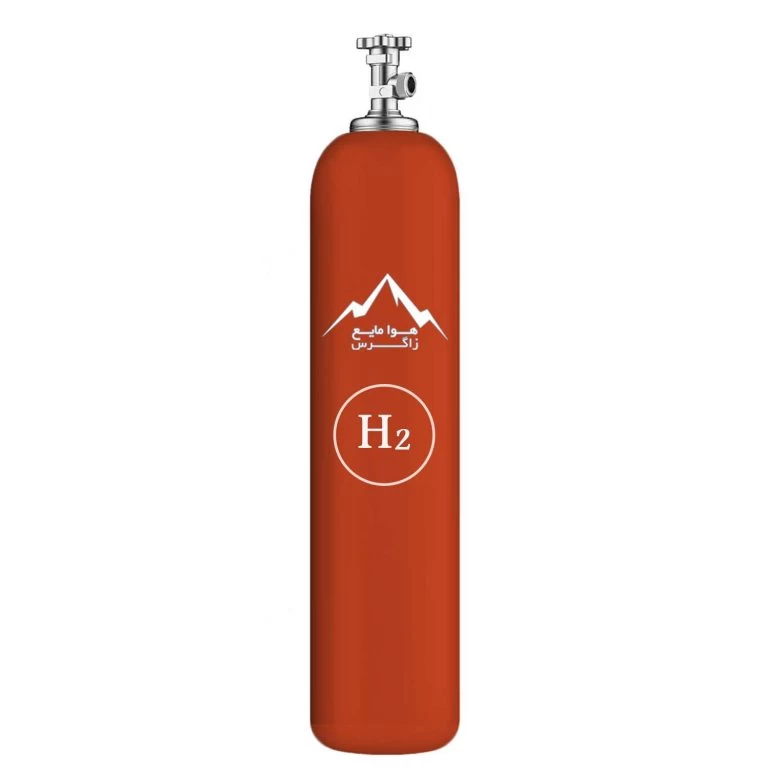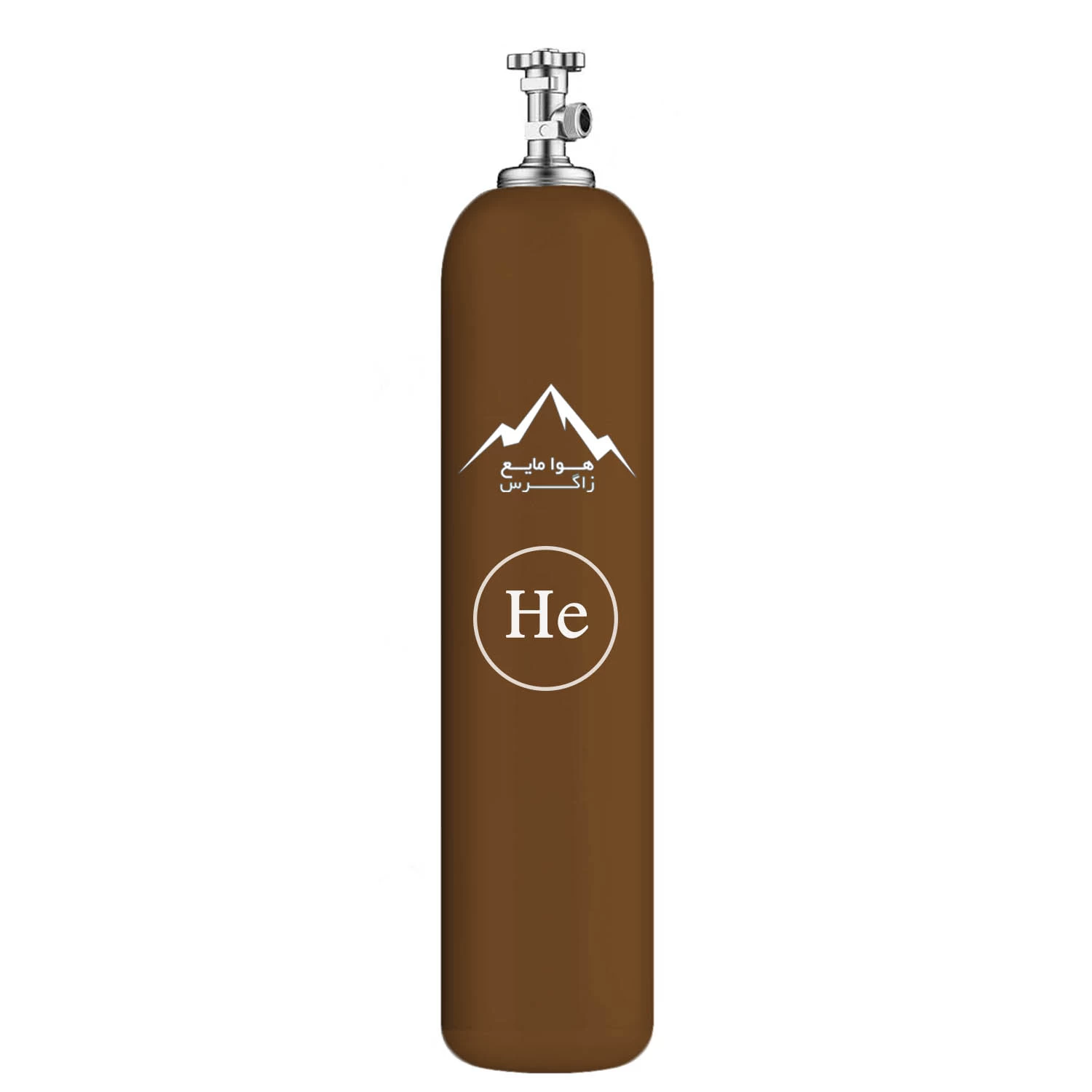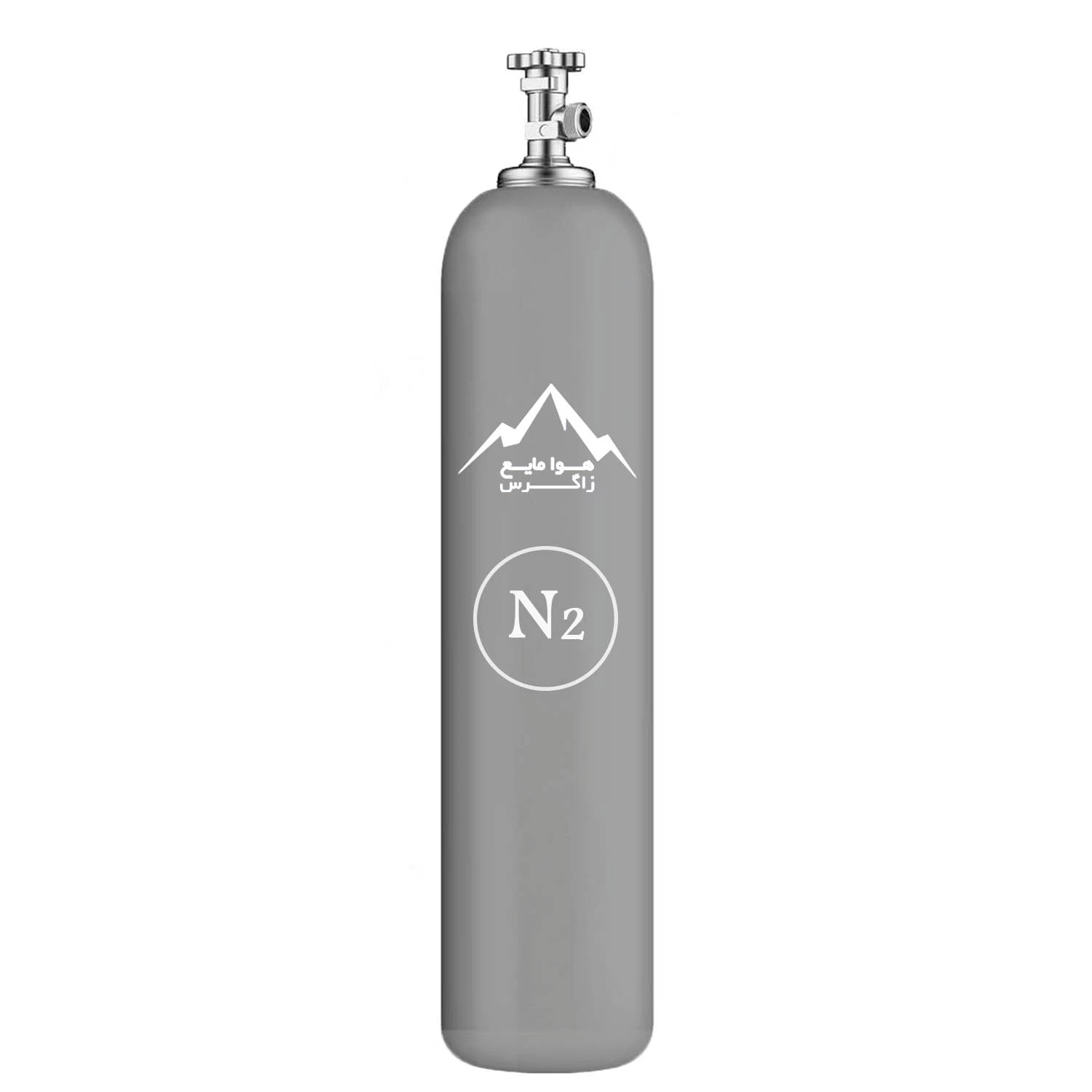Gas
Gas is a state of matter characterized by particles that are widely spaced and move freely. In the context of chemistry and physics, gases have properties like pressure, volume, and temperature that follow Boyle's law, Charles's law, and the ideal gas law. Common examples include oxygen, nitrogen, and carbon dioxide. Gases play crucial roles in various applications, from powering engines to atmospheric processes. Additionally, they can undergo phase transitions into liquids or solids under specific conditions.
Petrochemicals, derived from petroleum and natural gas, are used in the manufacturing of a wide range of products, including plastics, synthetic fibers, and fertilizers. Ethylene, propylene, and butadiene are key petrochemical building blocks produced from gas-based feedstocks.
The petrochemical industry also utilizes gases in various refining processes. For instance, catalytic cracking and reforming involve the use of gases to produce valuable chemical compounds.
Here are common methods for exporting gas and petrochemicals:
1. Pipelines:Many regions have extensive pipeline networks to transport natural gas and other petrochemical products. Pipelines are efficient for moving large volumes over long distances.
2. Liquefied Natural Gas (LNG): Natural gas can be liquefied to reduce its volume for easier transportation. LNG is transported in specialized tankers to destinations where it can be regasified and used.
3. Tanker Ships: Liquid petrochemicals, such as various chemicals and refined products, are often transported in tanker ships. These ships are designed to carry large quantities of liquids safely.
4. Rail and Tanker Trucks: In regions without pipelines, gas and petrochemicals can be transported by rail or tanker trucks. This method is flexible but may be less efficient for large volumes.


and the variety of products derived from them. Some key industries include:
1. Chemicals Manufacturing: Petrochemicals are essential in the production of various chemicals, including plastics, fertilizers, solvents, and synthetic materials.
2. Plastics and Polymers: Petrochemicals, particularly ethylene and propylene, are crucial in the production of plastics and polymers used in packaging, construction, automotive components, and consumer goods.
3. Energy Production: Natural gas is a major source of energy for electricity generation, heating, and industrial processes. It is cleaner-burning compared to other fossil fuels.
4. Transportation:Gasoline and diesel, derived from crude oil, power vehicles and are vital in the transportation sector. Aviation fuels and lubricants are also produced from petrochemicals.
5. Pharmaceuticals: Petrochemicals serve as feedstocks for pharmaceuticals, providing key ingredients for medications, medical devices, and other healthcare products.
6. Textiles:Petrochemicals play a role in the production of synthetic fibers used in textiles and clothing, such as polyester and nylon.
7. Agriculture: Petrochemicals are used in the production of fertilizers, pesticides, and herbicides, contributing to modern agricultural practices.
8. Construction: Various petrochemical products are used in construction materials, such as adhesives, sealants, paints, and insulation.
The interconnectivity of industries relies on the availability and affordability of gas and petrochemical products, making them foundational to modern economies and everyday life.
Gas and petrochemicals play multifaceted roles throughout the world, influencing economies, energy security, and various industries. Here are key aspects of their global significance:
1. Economic Driver: The gas and petrochemical industries are major contributors to global economies. They generate revenue, create jobs, and stimulate related sectors, such as manufacturing, transportation, and technology.
2. Energy Supply: Natural gas is a crucial source of energy globally, used for electricity generation, heating, and industrial processes. It plays a role in diversifying energy sources and reducing reliance on more carbon-intensive fuels.
3. Industrial Production:Petrochemicals are fundamental to the production of a vast array of products, including plastics, chemicals, fertilizers, pharmaceuticals, and textiles. They are integral to modern manufacturing processes and contribute to global trade.
4. Infrastructure Development: Petrochemicals are essential in the construction industry, providing materials for buildings, roads, bridges, and other infrastructure projects.
5. Transportation Sector: Gasoline and diesel derived from petrochemicals power the majority of the world's vehicles, making them indispensable to global transportation systems.
gas and most petrochemicals are not considered renewable. Natural gas, which is a significant component of the gas industry, is a fossil fuel primarily composed of methane. It is formed over millions of years through the decomposition of organic matter deep within the Earth's crust.
Petrochemicals, derived from crude oil and natural gas, are also non-renewable resources. These hydrocarbons are finite and take geological processes extended periods to produce.
Gas and petrochemicals play indispensable roles in human life and society across various aspects, influencing both daily activities and broader societal structures. Here are some key roles:
1. Energy Supply: Natural gas is a crucial source of energy for heating homes, cooking, and generating electricity. It's a versatile and efficient fuel widely used in households, industries, and power plants.
2. Transportation:Gasoline and diesel, derived from petrochemicals, power the majority of vehicles globally. They enable the mobility of people and goods, shaping transportation systems and connecting communities.
3. Industrial Production:Petrochemicals serve as raw materials for countless products, including plastics, chemicals, fertilizers, textiles, and pharmaceuticals. Industries rely on these materials for manufacturing processes and the creation of consumer goods.
4. Construction and Infrastructure: Petrochemicals contribute to the construction industry by providing materials like plastics, adhesives, and insulation. They are integral to building structures, roads, bridges, and other infrastructure.
5. Job Creation: The gas and petrochemical industries create employment opportunities globally, from extraction and production to refining, distribution, and various related sectors.
6. Economic Growth:These industries are major contributors to national and global economies, generating revenue, fostering innovation, and supporting economic development.
7. Technology and Innovation: Petrochemicals contribute to technological advancements, providing materials for electronics, telecommunications, and various high-tech applications.
8. Agriculture:Petrochemicals are essential in modern agriculture, contributing to increased crop yields through the production of fertilizers, pesticides, and herbicides.
9. Trade and Global Relations: Gas and petrochemical products are among the most traded commodities globally, influencing international relations, geopolitics, and trade balances.
10. Healthcare: Petrochemicals are used in the production of pharmaceuticals, medical devices, and healthcare products, contributing to advancements in medical treatments.

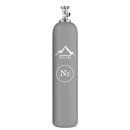
gas and petrochemicals have notable disadvantages, including environmental, social, and economic concerns. Some key drawbacks include:
1. Environmental Impact:Extraction, refining, and combustion of fossil fuels, including natural gas, contribute to air and water pollution. The release of greenhouse gases, such as carbon dioxide, contributes to climate change.
2. Resource Depletion:Gas and petrochemicals are finite resources, and their extraction can lead to the depletion of natural reserves. This can result in economic challenges as more effort and resources are needed to extract remaining reserves.
3. Geopolitical Tensions: Many countries heavily depend on gas imports, leading to geopolitical tensions and competition for resources. This reliance can influence global politics and contribute to conflicts.
4. Accidents and Spills: Oil and gas extraction, transportation, and refining processes pose risks of accidents and spills, leading to environmental disasters that can harm ecosystems and wildlife.
5. Health Concerns: The extraction and processing of petrochemicals can release harmful pollutants, impacting air and water quality and posing health risks to nearby communities.
Efforts are underway globally to address these disadvantages by promoting cleaner technologies, renewable energy sources, and sustainable practices. Transitioning to a more sustainable and environmentally friendly energy and industrial landscape is a key focus for mitigating these challenges.
Here are common methods for exporting gas and petrochemicals:


Gas and petrochemicals play multifaceted roles throughout the world, influencing economies, energy security, and various industries. Here are key aspects of their global significance:
gas and most petrochemicals are not considered renewable. Natural gas, which is a significant component of the gas industry, is a fossil fuel primarily composed of methane. It is formed over millions of years through the decomposition of organic matter deep within the Earth's crust.
Gas and petrochemicals play indispensable roles in human life and society across various aspects, influencing both daily activities and broader societal structures. Here are some key roles:


gas and petrochemicals have notable disadvantages, including environmental, social, and economic concerns. Some key drawbacks include:
FAQs
What are 5 facts about natural gas?
1. Natural gas is primarily composed of methane. 2. It is a cleaner-burning fossil fuel, emitting fewer greenhouse gases than coal and oil. 3. Natural gas is used for electricity generation, heating, and as a fuel for vehicles. 4. Liquefied Natural Gas (LNG) is a condensed form of natural gas, making it easier to transport. 5. The top global producers of natural gas include the United States, Russia, and Iran.
How pure is natural gas?
Natural gas is primarily composed of methane, typically ranging from 70% to 90% purity. The remaining components may include ethane, propane, butane, carbon dioxide, nitrogen, and trace amounts of other gases. The exact composition can vary based on the source and the processes used to extract and refine the gas.
How is gas made?
Natural gas is formed from decomposed organic matter buried deep in the Earth's crust over millions of years. Heat and pressure transform this organic material into methane and other hydrocarbons. The gas is then extracted from reservoirs through wells.
How many types of gas are there?
There are various types of gases, including: 1. Natural gas (mostly methane). 2. Oxygen. 3. Nitrogen. 4. Hydrogen. 5. Carbon dioxide. 6. Propane. 7. Butane. 8. Helium. 9. Chlorine. 10. Argon. These are just a few examples; gases can be classified based on their chemical composition and properties.
 +7929688-88-14
+7929688-88-14

 English
English
 Persian
Persian
 Russian
Russian
 Chinese
Chinese


 +7929688-88-14
+7929688-88-14


